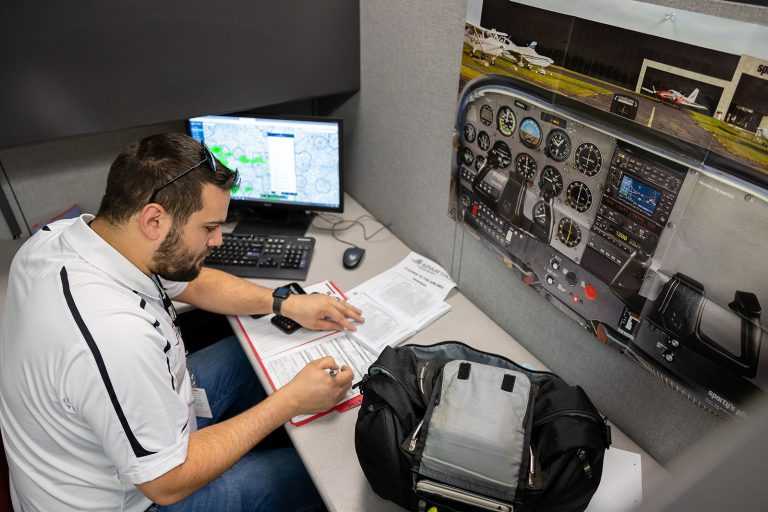

The world of aviation can be exciting and daunting at the same time. It's a highly technical field that requires precise communication between pilots, air traffic controllers, and ground personnel to ensure the safety and efficiency of air travel. Aviation English is the standardized language used by these professionals to communicate critical information related to aircraft movements, positions, and clearance.
In this article, we will delve into ten common aviation English terms that pilots and air traffic controllers use to convey important information. We'll define each term and provide a real-world example of how it might be used in typical flight communication. So, fasten your seat belts and prepare to take off into the fascinating world of aviation communication!
Example: Pilot: "Tower, this is Skelly 123, we have ATIS information Bravo and request clearance for departure."
Example: ATC: "Skelly 123, cleared for takeoff on runway 36R, wind 180 at 10 knots."
Example: Pilot:"This is Skelly 123, requesting departure clearance from departure control."
Example: ATC: "Skelly 123, cleared for the ILS approach to runway 22L, maintain 2000 feet until established on final approach."
Example: Pilot: "This is Skelly 123, requesting taxi clearance from ground control to runway 36L."
Example: Pilot: "Tower, this is Skelly 123, holding short of runway 27R, ready for takeoff."
Example: Pilot: "Tower, this is Skelly 123, we're executing a missed approach due to low visibility." ATC: "Roger, Skelly 123, you are cleared for a missed approach. Climb and maintain 4000 feet, then contact departure on 124.4."
Example: ATC: "Skelly 123, cleared for overhead break."
Example: ATC: "Skelly 123, turn right on taxiway Bravo and hold short of runway 18."
Example: ATC: "Skelly 123, caution wind shear on final approach to runway 22R, winds 220 at 25 knots."
Understanding aviation English is just one aspect of the complex and ever-changing world of aviation. If you're passionate about aviation, consider exploring Spartan's Aviation Flight Program. It's an excellent opportunity to gain the skills and knowledge necessary to train to become a professional pilot!
Affiliate Partner Program | Jobs at Spartan | Privacy Policy | Opt-out Policy | Privacy Notice - California Residents| Notice of Non-Discrimination | Website Accessibility Help | Transparency in Coverage Act
© 2024 SPARTAN COLLEGE OF AERONAUTICS AND TECHNOLOGY. ALL RIGHTS RESERVED.